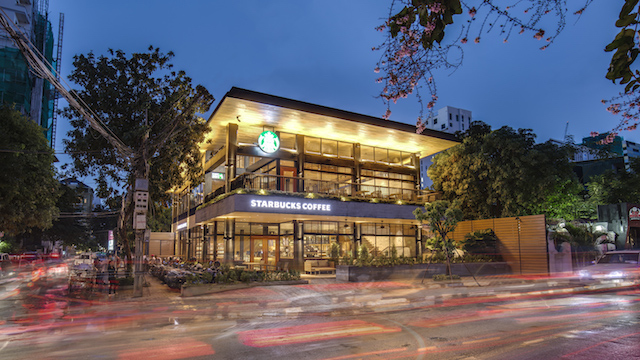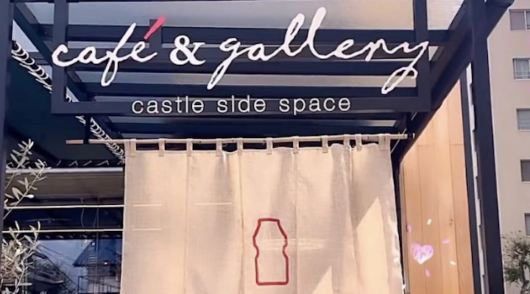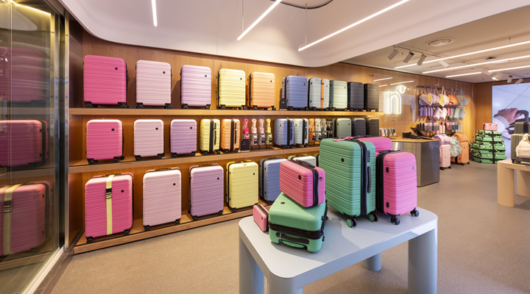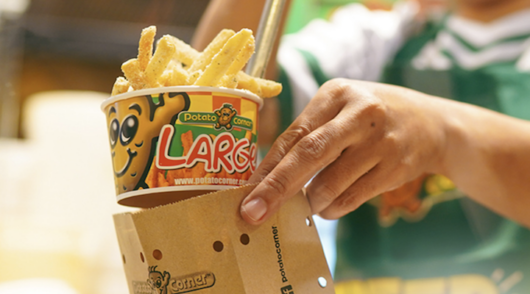Freed from the design restrictions of a head office in Seattle, USA, Starbucks Asia cafes have redefined and personalised the coffee-drinking experience for local communities.
It is not too much of an exaggeration to say the brand has undergone a revolution from being a very functional coffee retailer into a place where people go for relaxation, socialising, and these days even to learn about coffee and its origins.
Scott Keller, head of design with Starbucks Asia Pacific (excluding China and Japan) took on his role some 30 months ago just as the last of the 15 markets was brought into the fold, including countries as diverse as New Zealand, Indonesia, South Korea, Thailand and Vietnam.
“We used to design our stores from Seattle, and that transition took three to seven years – so by the time I joined, we were just taking on design for our final market, India.”

Keller commands a design team of 70 people comprising more than 20 nationalities in an office in Hong Kong – a diverse group with the ability to look at design challenges and opportunities from multiple cultural nuances and perspectives. Each year, they oversee some 600 new stores or refurbishments with a pipeline running from just a few months for a small concession-style store through to as long as two years for a flagship Reserve store, such as the Dewata Coffee Sanctuary in Bali that opened earlier this year.
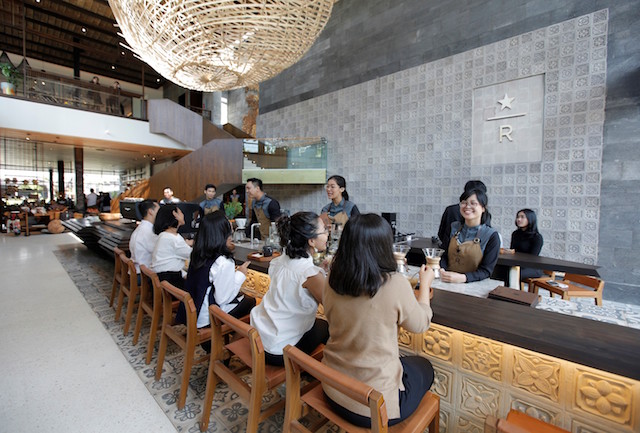
Key to the design process in Asia is engaging with the local community and creating spaces that fit the culture and the lifestyle. To achieve that, Keller and his team have to work with a variety of partners in different markets. One of the largest is Hong Kong’s Coffee Concepts, a subsidiary of Maxim’s, which operates Starbucks stores in Hong Kong, Macau, Singapore, Vietnam and Cambodia – and is about to double its store count to nearly 800 when it takes over 372 Thailand locations.
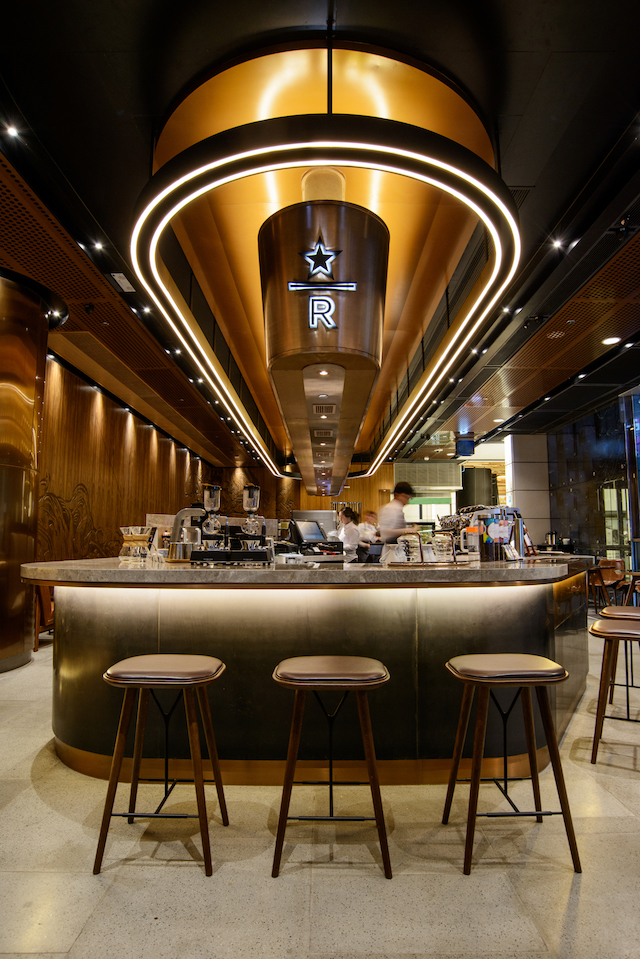
“We have markets where we have joint-venture partners, markets that are run by franchises and our own. And honestly, we treat them all the same way.
“We realise we have to design for our customers, and our customers are from different places. So there is no strict guideline that says you must design a store in the Seattle way.” That means the design team not only had to understand how to adapt store formats to the regional market, but right down to the community as well.
“It’s really about understanding the community. So we need to spend time in the market, we need to connect with the teams that work most closely with the customers and understand their needs. I think it’s less of a national boundary that defines it rather than the neighborhood. There are some stores that may connect with one customer – maybe in a shopping mall in a neighbourhood – and a lot of stores that connect with multiple customers (like those in tourist destinations).”
There are some fundamental differences between Asian markets and Starbucks’ North American home and even Europe. The “third place” label Starbucks is known for – a reference to the cafe being a third primary destination after home and place of work or study – does not necessarily apply in most Asian markets.
“In some ways, we are providing that first place as well. What I’ve always pondered here – and this is what makes us so different from other parts of the world – is that people often live in multi-generational homes. That changes how people use our space. They are more likely to gather with friends in our space, they’re more likely to use our third place multiple times a day. It might be for their morning coffee, but we are popular in the evenings as well. People come here for lunches, at weekends… so how do we respond to all of those needs?
“In a lot of Asia, residential space is not as comfortable. We are confident [that design] is what makes us different. But we believe if we focus on our customers, focus on their needs, then it is they who will find us while living their lives. We want to bring joy to their lives, so we are creating a place where they can be comfortable.”
Starbucks Asia has many different store types. At one end of the scale, a small store in a subway station that might have a short design timeline and specialise in takeout; while at the other end of the scale are the large, often multi-storey Reserve showcases.
“There are very few brands that work across that scale. It’s not as straightforward as having a standard timeline and [designing] everything the same. We are seeking to have a variety that is relevant to the customer.”
Unlike the Starbucks of yesteryear in North America, there is no cookie-cutter approach to store design anymore – there or in Asia-Pacific.
“The design process is mutual, but at its core is a commitment to being driven by local knowledge. The local team is looking for real estate and the local teams have relationships with developers. And members of my team see some locations, we approve the locations. It’s part of the partnership. And once a location is approved, we get to design it here [in Hong Kong]. But as much as the designers are based here, they need to be intimately connected with the local teams as well.
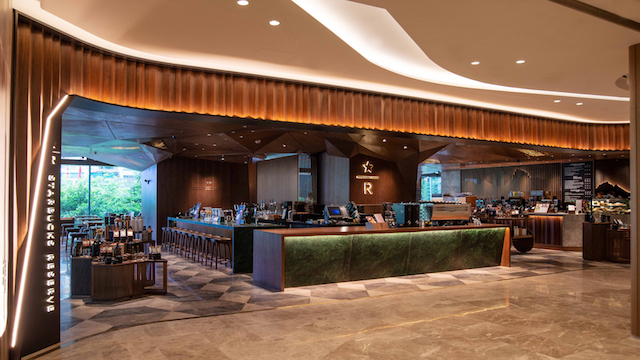
“In many ways the only limitation is the materials we can find. We continue to evolve that as well. There is no guideline or intention to have a cookie-cutter style and our customers do not want that either.
“So we have shared expectations and experiences. But we try to turn that into objectives – like we are creating experiences for customers and we focus on that.
“We avoid materials that are strictly popular. We try not to be trend focused; we try to be more customer relevant.”
The Reserve phenomenon
Starbucks Asia’s more upmarket Reserve stores are proving popular in the region, which already has the highest concentration of any continent with 200 outlets in operation. While 100 of those are in China and Japan, Keller’s team has just completed its 100th – a 355sqm space at Cheonan Shinbu, 80km south of Seoul and the last stop on the city’s subway system.

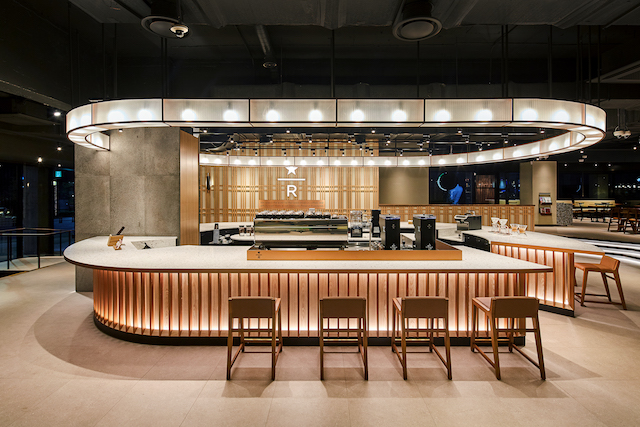
“The store was built in an art gallery building, so a great starting point – giving us a sense of how the customer might come in and how we might treat the store as well. So as you walk in, you can see the Reserve bar front in the centre and that gives us the chance to welcome the customer and choose different coffees. Also at the back is that more typical Starbucks experience. So if you want your familiar Starbucks daily ritual you might go there, but if you want to explore you might go to the Reserve bar.”
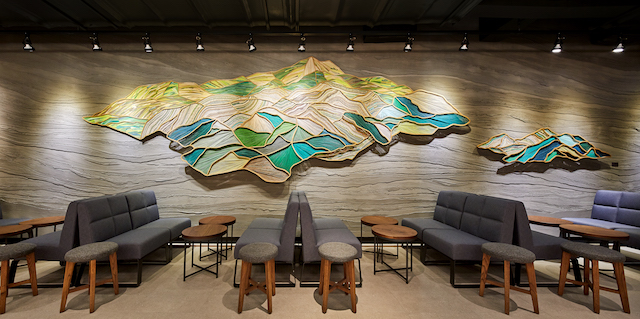
The material palette chosen for this store features bronze metal and marble as well as warm timbers to create a space that feels inviting, yet maintains an ambience of “sophistication and elegance” in fitting with the gallery location and the customer base.
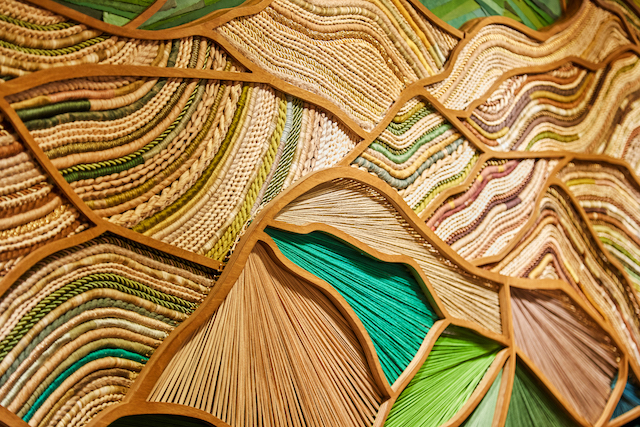
The store’s centrepiece is an artwork depicting a coffee landscape, which was inspired by what the gallery is known for: creating art with everyday materials. The Starbucks piece is made from coffee filter paper, rope and string.
“For Reserve, we found what works is being able to connect with different need states. Customers come here for very different occasions, and that’s something we find really resonates in the region.”
Keller’s team includes two people who are building a catalogue of art – researching and connecting with artists all over the region who might be commissioned to create exclusive artwork for Starbucks stores, each of which now features a custom installation. Typically the art is inspired by coffee plantations, and the animals which signify the three main coffee-growing regions Starbucks sources coffee beans from: the Sumatran tiger for Asia Pacific, the Kenyan elephant for Africa, and the Guatemalan quetzal bird for Latin America.
“We have worked with many local artists and the stories are almost always about coffee.”
The Siren – the woman at the heart of Starbucks’ logo – is a great vehicle for artists, as in the newly opened Jewel Changi Airport Reserve store.
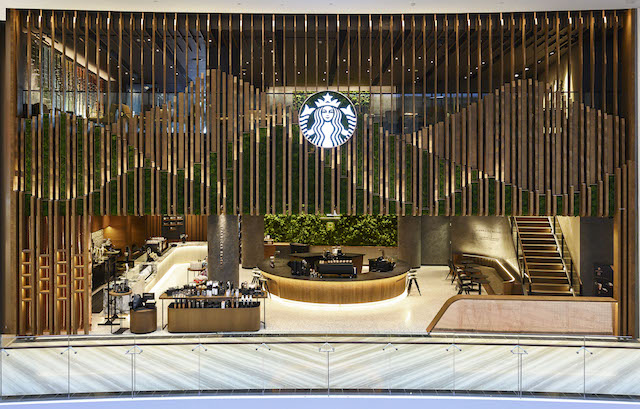
Keller says art helps tell the story of coffee as well, satiating a thirst for knowledge in Asia that has surprised him.
“We are inspired by each store we do. For me, the Dewata Coffee Sanctuary in Bali was hugely inspirational. What it unlocked is that customers really do want to learn more about coffee.”
That store, located on the road linking the city’s airport with many of the resorts, started with an idea that came from Starbucks’ Indonesian partner – a vision to share the story of coffee.
“We talked a lot about where coffee comes from and we realised a lot of customers don’t really know much about coffee. A lot of customers did not know that we buy coffee from Bali. So we tell that story, and it’s amazing how that resonates.”
A giant mural of coffee farmers creates a backdrop to the store where customers can interact with some 20 touch points, including a simulation of picking coffee. There is a place to help plant baby coffee trees – and you can buy your own to take home.
Hand-crafted tiles made locally, inspired by Bali and coffee, decorate a huge dining area – and there is a coffee bar where you can watch baristas at work creating a vast array of coffee drinks.
As the team switches to planning more stores around the region, Keller says they are all looking at new ways to share experiences with end customers.
“We are always focused on that connection between the customer and the barista. So at Starbucks Reserve we are still only at around 100 stores, but we are still learning. We’ve been in this for three years, and each one learns from the prior one: How can we create that better experience; a stronger stage for that barista who is preparing those great drinks?
Finding furniture
Avoiding standardisation means no two Starbucks stores will look the same in Asia-Pacific – a tough challenge given the number of outlets.
Keller has a furniture designer on his team and can draw on a larger group of furniture experts dotted around the world.
“So we design our own and look at catalogues from around the world. There are definitely regional pieces of furniture, and we try to change them on a regular basis. Most of the furniture is custom made. We designed it; we don’t typically buy it off the shelf.”
As with its store fixtures, the designers tend to gravitate towards materials that are locally available, are comfortable to use and resonate with customers.
Furniture, artwork, menu or decor, Starbucks Asia mission is the same: “We are responding to different customer needs,” explains Keller, “whether it’s a chance to slow down or a chance to try something in a more premium environment – or a chance to learn more about coffee.”
This feature originally appeared in Inside Retail Asia’s magazine edition. For information on subscribing visit our shop.

